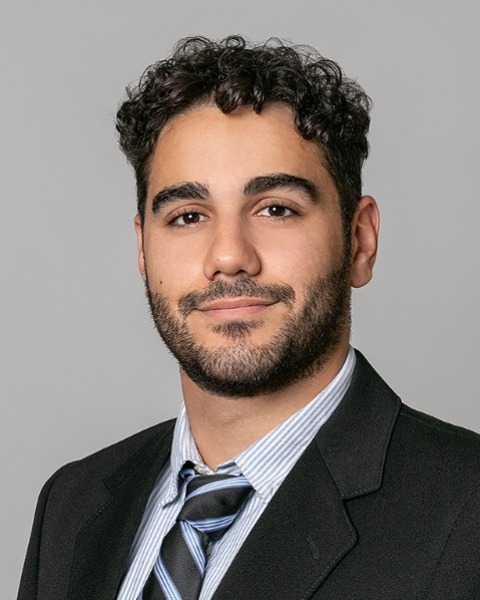Spine
Balancing Outcomes: Shorter Stays but Reduced Lordosis in MIS vs. Open TLIF for Lumbar Fusion

Schahin Salmanian, MS
Medical Student
University of South Florida, Tampa General Hospital
University of South Florida
Presenting Author(s)
Introduction: Transforaminal lumbar interbody fusion (TLIF) is widely used to decompress neural structures and restore sagittal alignment by inducing lumbar lordosis. While minimally invasive (MIS) TLIF offers benefits such as reduced perioperative morbidity and shorter hospital stays, there are concerns about its ability to achieve the same level of lordotic correction as open TLIF.
Methods: We retrospectively reviewed consecutive MIS and open TLIF cases from May 2021 to April 2024 at a single academic institution. Exclusions included multilevel fusions (>3), infections, tumors, and trauma. Demographic data, hospital stay duration, and segmental lordosis measurements (pre- and postoperatively) were collected. Continuous and categorical variables were analyzed using Welch’s T-test and Chi-square test, respectively.
Results: Among 51 MIS and 78 open TLIF cases, demographic factors (height, weight, BMI, race, and sex) were similar. The mean age differed slightly between MIS (65.9 years) and open TLIF (60.6 years, p=0.02). Average lordosis change at L4-L5 was significantly less for MIS (0.38°) compared to open TLIF (4.67°, p=0.013), with similar trends across levels (MIS: 1.44° vs Open: 4.14°). The mean length of stay was 3.5 days for MIS and 8.0 days for open TLIF.
Conclusion : Our findings suggest that while MIS TLIF shortens hospitalization, it may compromise sagittal plane correction, particularly in achieving optimal lordosis. These factors should be carefully considered when selecting surgical approaches for patients requiring sagittal realignment.
Methods: We retrospectively reviewed consecutive MIS and open TLIF cases from May 2021 to April 2024 at a single academic institution. Exclusions included multilevel fusions (>3), infections, tumors, and trauma. Demographic data, hospital stay duration, and segmental lordosis measurements (pre- and postoperatively) were collected. Continuous and categorical variables were analyzed using Welch’s T-test and Chi-square test, respectively.
Results: Among 51 MIS and 78 open TLIF cases, demographic factors (height, weight, BMI, race, and sex) were similar. The mean age differed slightly between MIS (65.9 years) and open TLIF (60.6 years, p=0.02). Average lordosis change at L4-L5 was significantly less for MIS (0.38°) compared to open TLIF (4.67°, p=0.013), with similar trends across levels (MIS: 1.44° vs Open: 4.14°). The mean length of stay was 3.5 days for MIS and 8.0 days for open TLIF.
Conclusion : Our findings suggest that while MIS TLIF shortens hospitalization, it may compromise sagittal plane correction, particularly in achieving optimal lordosis. These factors should be carefully considered when selecting surgical approaches for patients requiring sagittal realignment.

.jpg)